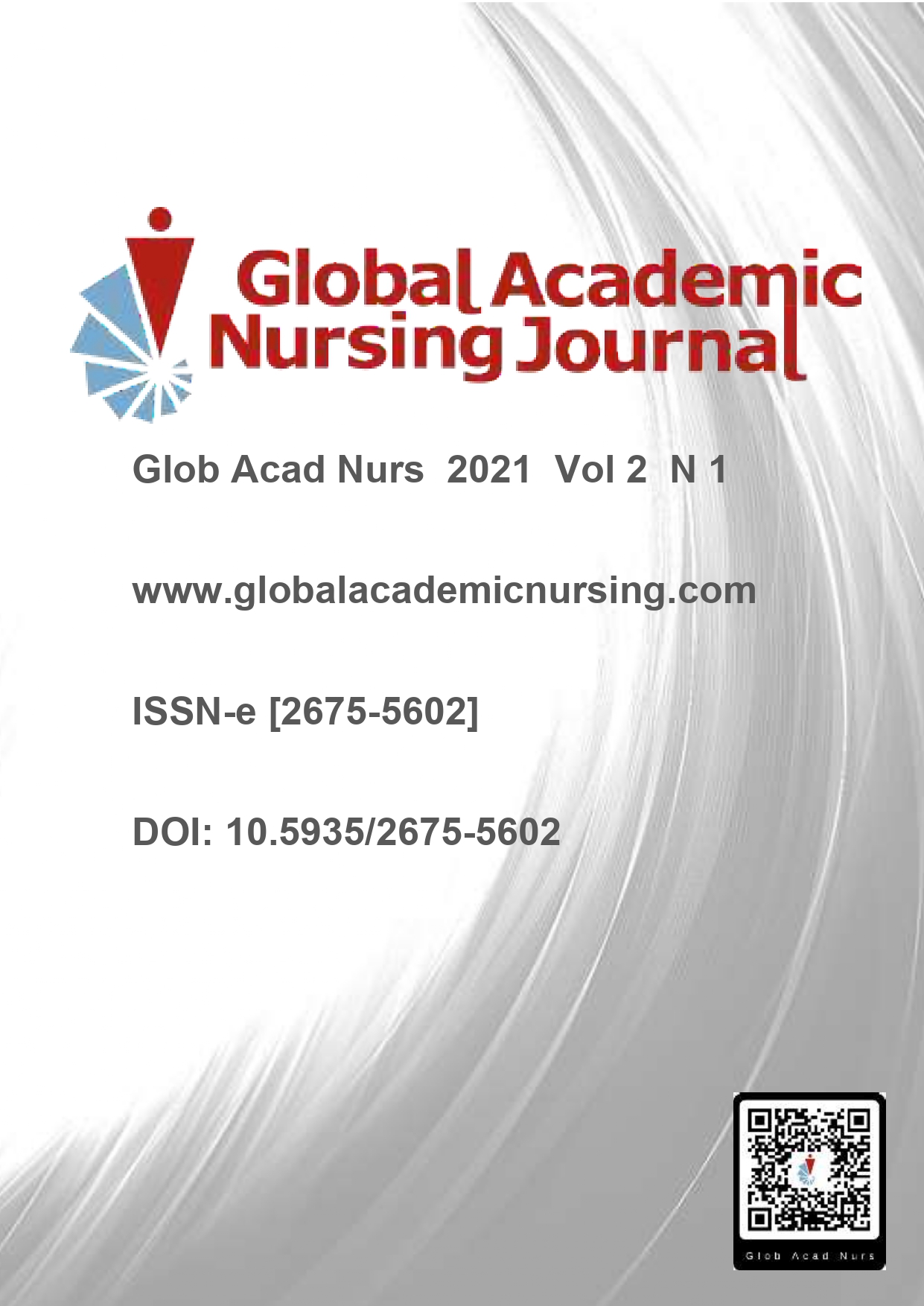Abstract
The aim was to report the knowledge of women from a Basic Health Unit in relation to obstetric violence. Qualitative exploratory study with 11 women, in a Basic Unit in RJ, with SMS RJ No. 3,087,870. It was observed that women understand little the violent and invasive acts and that they have difficulties to define what is the obstetric violence suffered during childbirth, some of them report that the violence suffered is necessary because in some moments their lives and of the baby are put at risk. They reported vulnerabilities during labor, feel silent and report fear, are in a fragile moment in need of support. And the most cited technical procedures that characterize obstetric violence, used are: Recurrent Touch Exam, Episiotomy, Kristeller's Maneuver, Trichotomy, prohibition of ambulation and use of oxytocin. It is concluded that, many of these violence actions, are not understood by women as obstetric violence, because institutional violence is invisible or is socially accepted as natural, because it is justified as “practices necessary for the well-being of women” observed few women showed knowledge about obstetric violence and fragility in female autonomy, as they want their childbirth to be performed.

